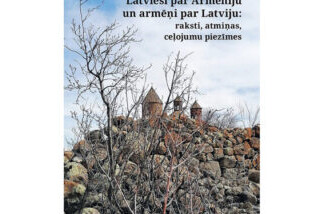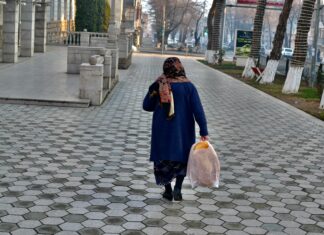By Seda Grigoryan
PARIS (Hetq) — Bird-like lettering in a group of articles on display for sale in a Parisian pharmacy caught my eye and I went to take a closer look. The item in question was named Papier d’Arménie.
“What’s this?” I asked the druggist, who seemed pleased at my interest in the item. “There’s a country called Armenia. During the 19th century the plague had spread throughout the land and nothing seemed able to stop its deadly advance. They finally started to burn benzoin resin (a balsamic resin obtained from the bark of several species of trees in the genus Styrax).
They found that the smoke, by diffusing into the air, would cure the sickness. A Frenchman travelled to Armenia and brought back the secret. They have forgotten about all this in Armenia but it continues to be produced here in France.”
Mireille Schvartz, head of the company Papier d’Arménie, Told me that in 19th century Armenian households people burned the resin to ward off air-borne viruses and as a simple room deodorizer.

At the end of the 19th century, French pharmacist Auguste Ponsot came upon the practice during the course of his travels and was amazing at the purifying effects it had. Ponsot brought his find back to France and with the help of a pharmacist colleague, Henri Rivier, the grandfather of Mireille Schvartz, they discovered that the resin could be dissolved in alcohol at a temperature of 90 C, and then infused onto a blotting paper support. And voila! Typically, a strip of is torn from the booklet, folded accordion-style, and placed on a heat-resistant support. The strip is lit and blown on until the paper begins to glow and release the vanilla scent characteristic of resin compounds.








